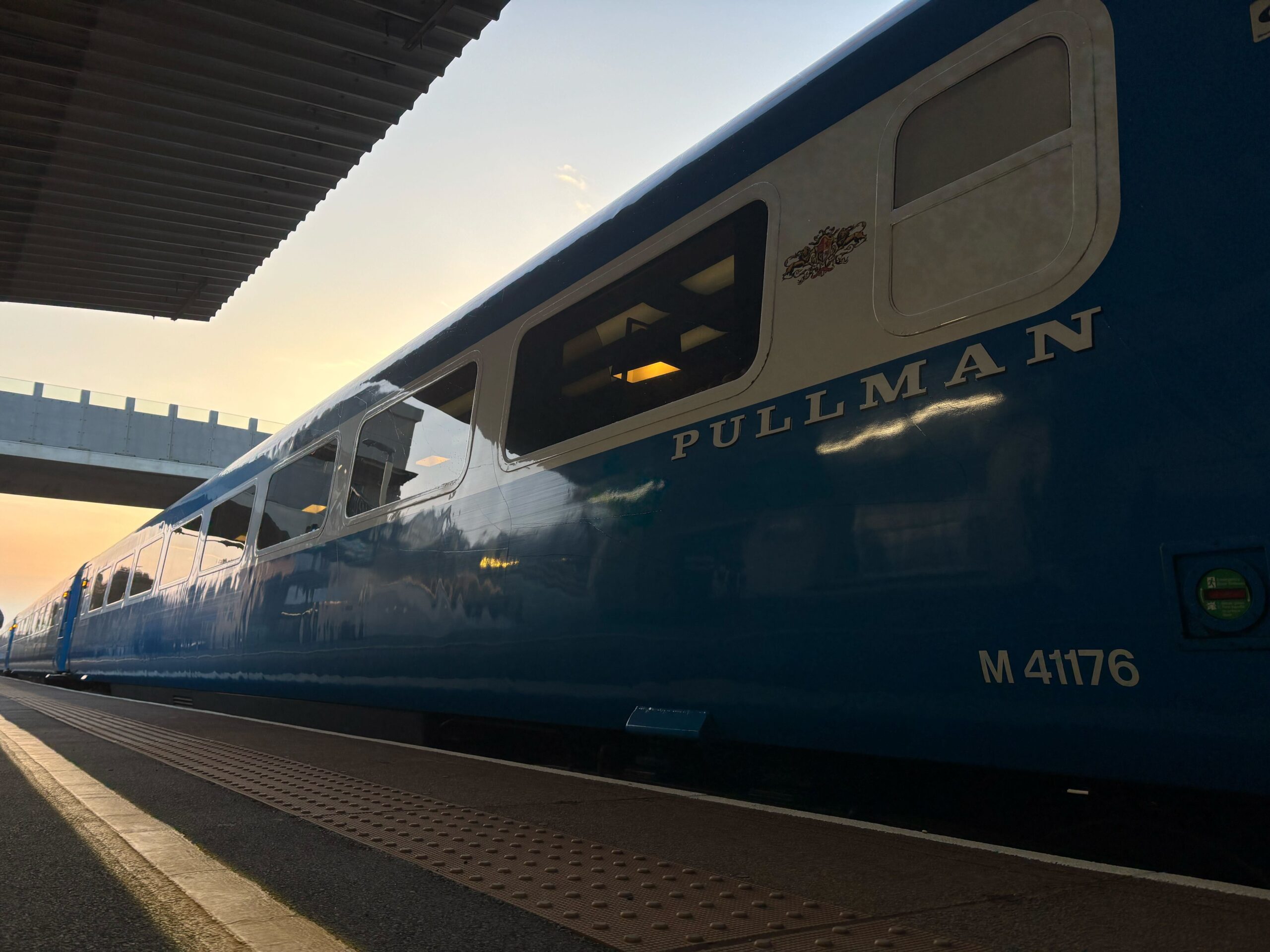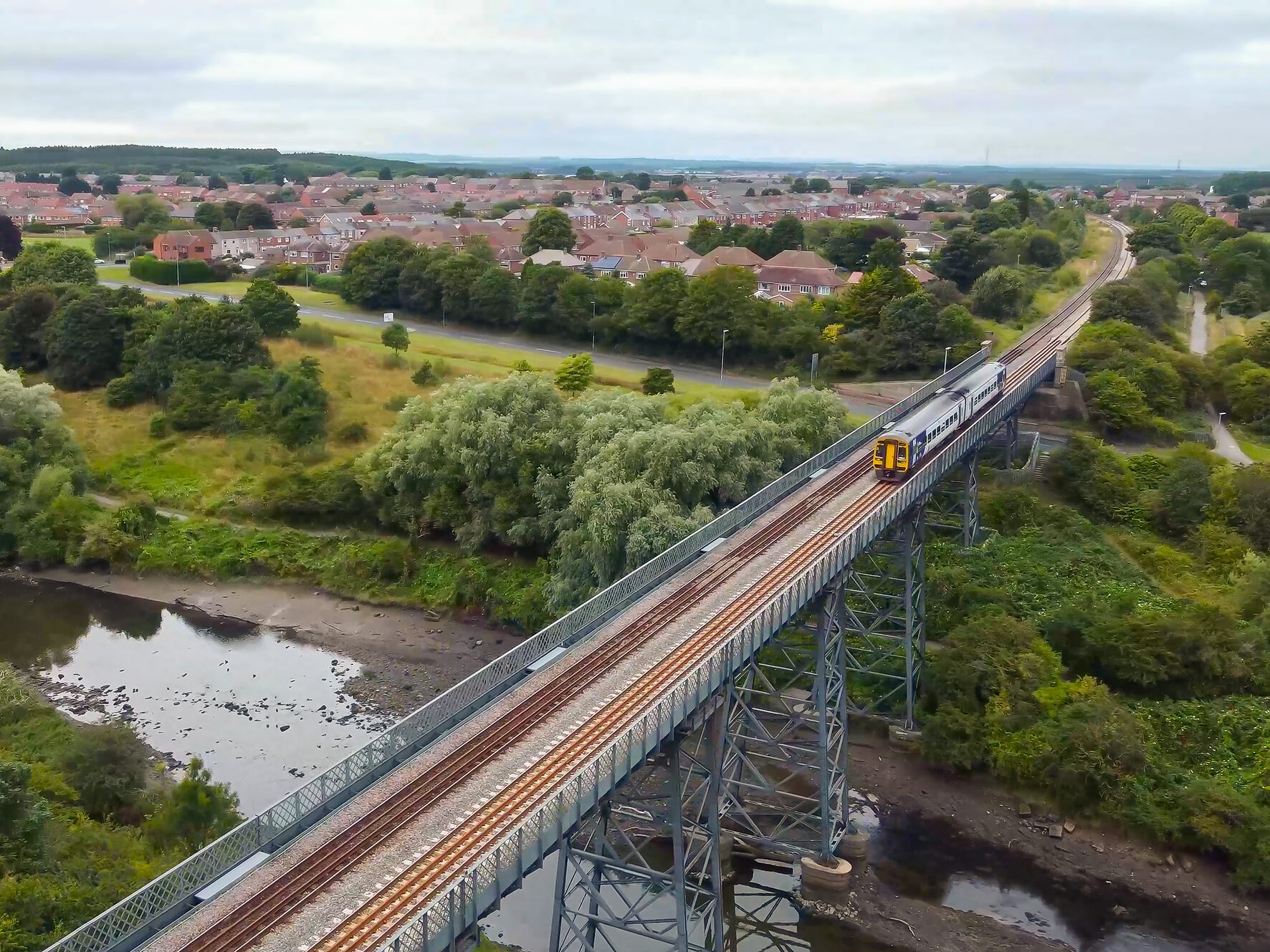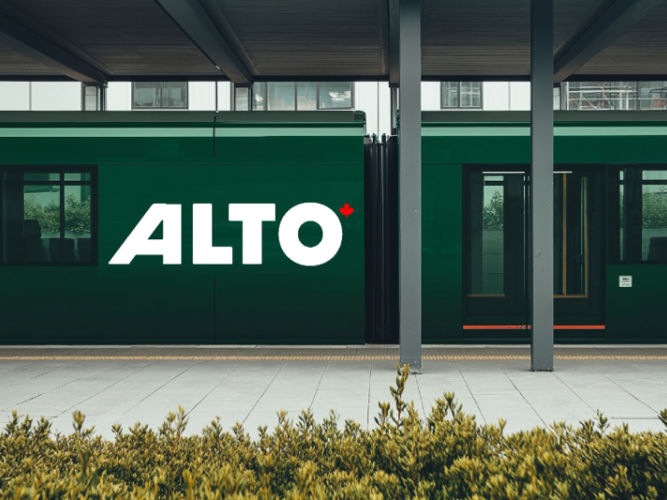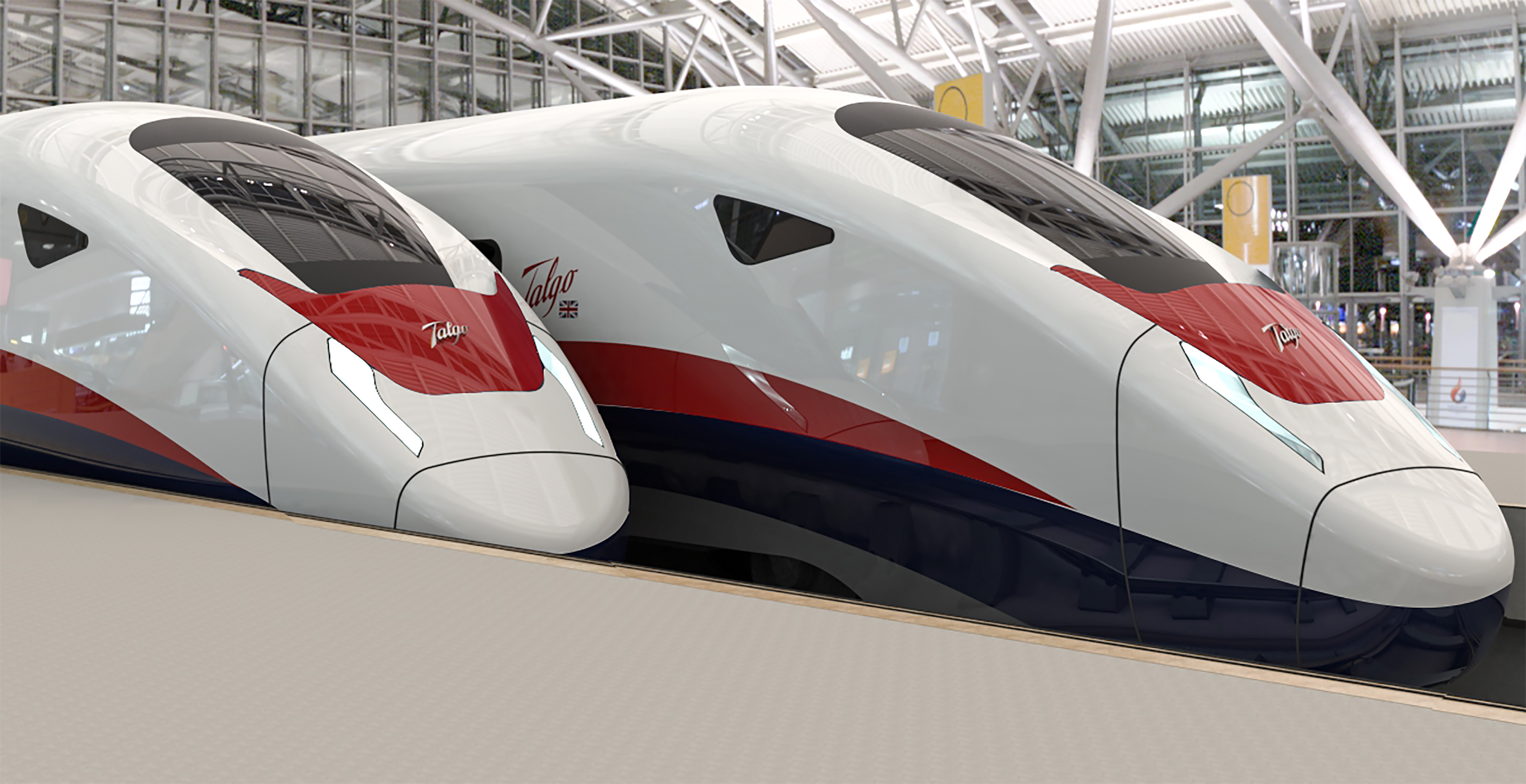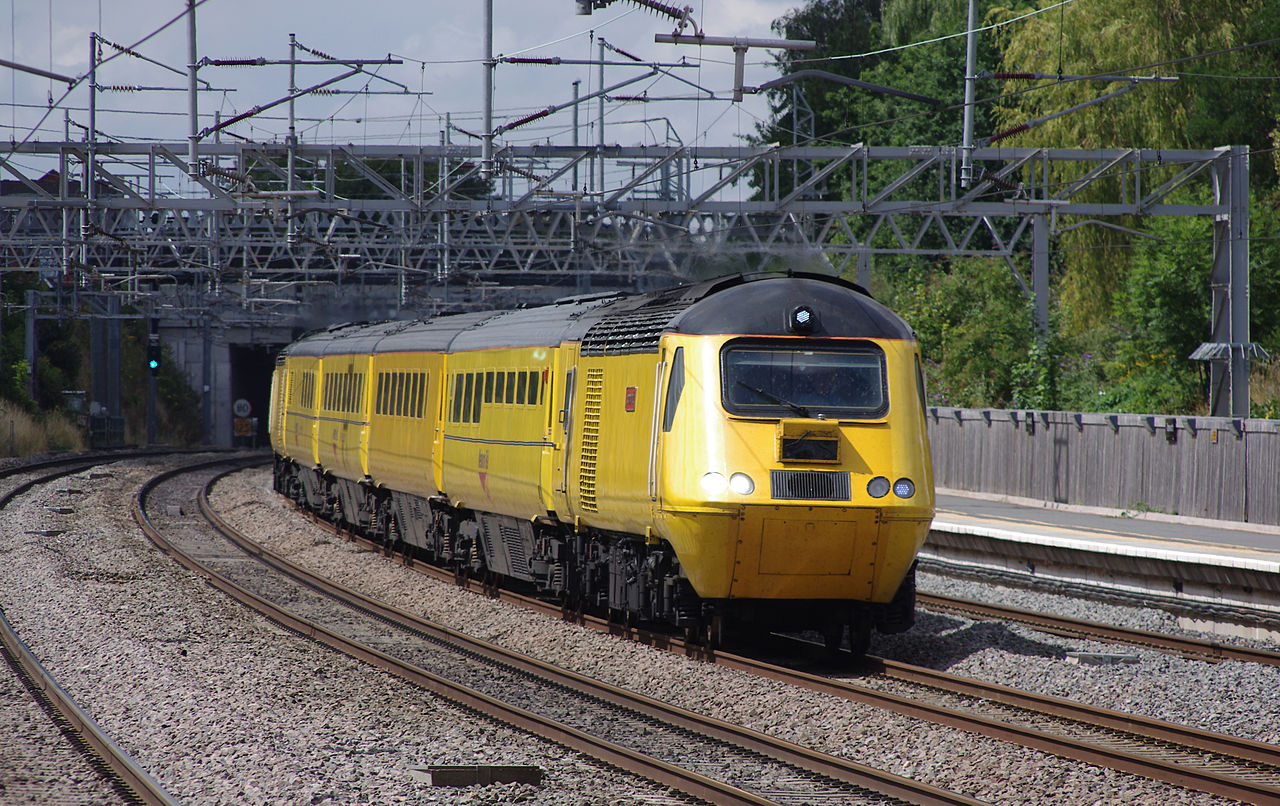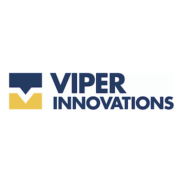For more than 175 years now, Saxony has been standing for innovations in the rail sector; with 13,000 employees in 240 companies, it is one of the top 3 centers of the branch in Germany.
So there’s no question that Saxon manufacturers, suppliers, equipment providers, engineering and service firms as well as research institutes and universities all contribute their knowledge and expertise to sustainable drive and propulsion technologies and new forms of rail mobility.
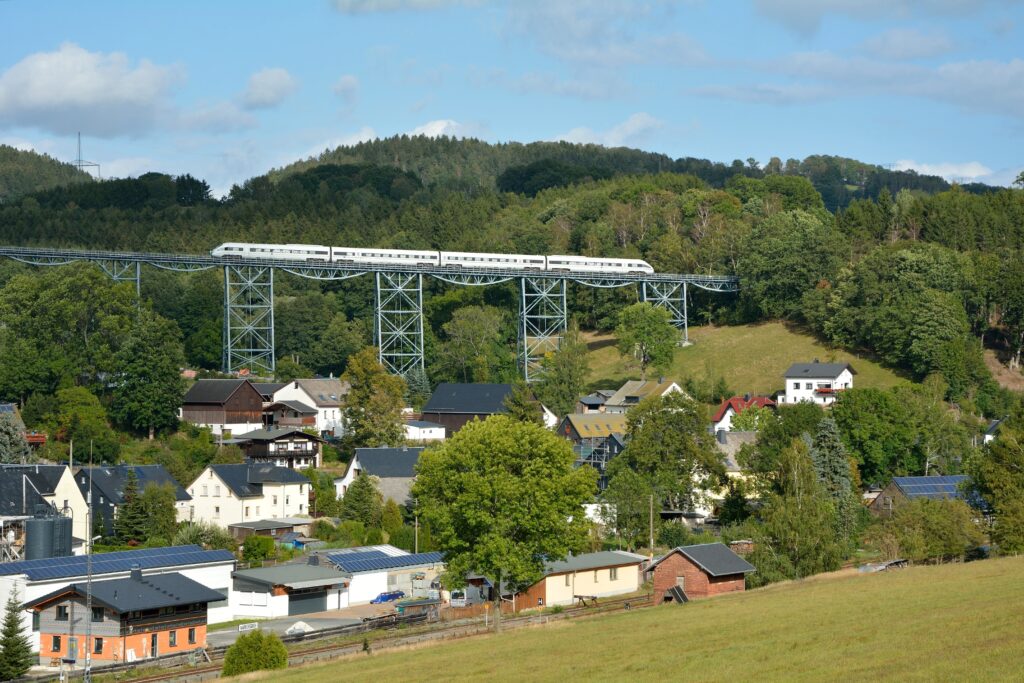
Innovative Ecosystem of Companies and R&D Facilities
Together with a broad base of successful small and medium sized enterprises, the global players Alstom, Stadler, Goldschmidt Thermit, and Kirow Ardelt characterize the rail technology venue (Saxony Trade & Invest – Railway Technology). Hidden champions such as Skeleton Technologies, the world’s only manufacturer of graphene-based ultracapacitors, are at home here as are RailMaint, the leading and independent provider of maintenance and repair services for rail vehicles, and Waggonbau Niesky, one of the leading European manufacturers of freight cars and wagons.
With more than 25 scientific institutes, Saxony has a particularly high concentration of R&D facilities that all promote and advance innovations in close cooperation with regional industry. The Saxon R&D facilities include the Fraunhofer Institute for Machine Tools and Forming Technology IWU, which develops lightweight structures, as well as the Fraunhofer Institute for Transportation and Infrastructure Systems IVI which focuses its research on propulsion technologies, networked mobility, and traffic safety.
Other important partners include the Faculty of Transportation and Traffic Sciences “Friedrich List” at the University of Excellence TU Dresden, Germany’s largest academic competence center in its field, as well as the German Centre for Rail Traffic Research (DZSF) in Dresden. As a federal authority, the DZSF coordinates the open digital test field in North Saxony and the nationwide research activities in this sector.
The diverse stakeholders of the Saxon rail industry are united under the roof of Rail.S – with 100 members from the world of business and science, it is one of Germany’s largest rail technology networks and the co-founder of the European rail cluster initiative ERCI. The association is also the responsible body for the innovation cluster SET4FUTURE that is funded by the Free State of Saxony.
Intelligent Rail Technology Solutions “Made in Saxony”
All told, the Saxon rail technology branch excels with a product portfolio which covers the entire value creation chain. The core competencies include the sectors lightweight structures; information and infotainment systems; control, signaling, and safety systems; energy-efficient drive, propulsion, and storage systems; road and rail construction; engineering as well as maintenance and repair services. This foundation allows for innovative projects that are developed across all industrial branches. These projects attract great interest at a European level as well. For example, the Dresden-based CG Rail GmbH corporation was presented with the European “ERCI Innovation Award 2020” for its CFRP lightweight bogie frame.
The innovation incubator SET4FUTURE is home to the R&D project “New Secondary Railway.” Headed by the CERSS Kompetenzzentrum Bahnsicherungstechnik GmbH (center of competence for railway signaling) and together with three other project partners from industry and research, the development of an innovative, vehicle-based system concept for securing train rides is currently underway. This development will make most of the very cost-intensive trackside equipment redundant in the future and would be a cost-efficient alternative in particular within the context of the planned reactivation of old rail lines.
Another SET4FUTURE consortium consisting of six partners and headed by the IFB Institut für Bahntechnik GmbH, an institute for rail technology, addresses the topic of predictive maintenance for rail infrastructures. The project pursues the objective of developing as a first step a multi-sensor platform for the vehicle-based and continuous condition monitoring of rail and track systems. As a second step, the database is to be transferred into a digital twin which autonomously indicates the necessary maintenance and service measures that have to be carried out.
The Smart Rail Connectivity Campus in Annaberg-Buchholz conducts autonomous driving tests on rail tracks. Both the campus and the test track are located in a mountain region which provides all the challenges for the mobility of the future – difficult route profiles which require an optimal strategy for energy recovery, visibility conditions which place high demands on algorithms for automated driving as well as environmental and weather conditions which need to be mastered for reliable operations. With the help of 5G networks, trains are to travel the rail net in a safe and sound manner on the test track in the future – with technologies created by companies and research institutions from Saxony. Here as well, various partners are also working on a recharging station for hybrid trains. The first charging station of its kind is to permit recharging on non-electrified routes.
Cutting Edge Technology Hydrogen
Hydrogen and the development of hydrogen fuel cell technology play a major role in the rail sector. With the Hydrogen and Mobility Innovation Center (HIC), which is currently under construction in Chemnitz, Saxony will have a national technology center that covers the entire value creation chain ranging from fuel cells to entire vehicles and in doing so also puts its main focus on the rail sector. The responsible body for HIC is the Innovation Cluster “HZwo – Drive for Saxony,” which pools the expertise in the fields of fuel cell technology, vehicle drive and propulsion systems, manufacturing and production technology, special machinery and plant construction as well as hydrogen technologies. Practical applications are already being tested by the Leipzig-based firm HeiterBlick which is developing a prototype for Europe’s first fuel cell powered tram together with the companies Hörmann Vehicle Engineering from Chemnitz and Flexiva Automation & Robotik.
Against this background, international technological developments are also of interest for Saxon enterprises such as, for example, the first hydrogen train HydroFLEX which was introduced in the United Kingdom. In order to harness the available synergies and present Saxon knowledge and expertise to interested partners, Saxony Trade & Invest Corp. (WFS – Wirtschaftsförderung Sachsen GmbH) in cooperation with Rail.S, the ERCI partner cluster RailAlliance, the BCRRE – Birmingham Centre for Railway Research and Education as well as the University of Birmingham is planning to invite important decision makers from the mobility sector to come to Saxony for a delegation visit at the end of this year.
These different examples show the broad base Saxony provides when it comes to intelligent, pioneering solutions for the rail system of the future. The business venue offers attractive research, development, and market opportunities for investors that are supported by a wide range of funding instruments. The Saxony Trade & Invest is your competent contact for all questions connected to these topics. We would be happy to assist you!
This article was provided by Wirtschaftsförderung Sachsen GmbH.
















